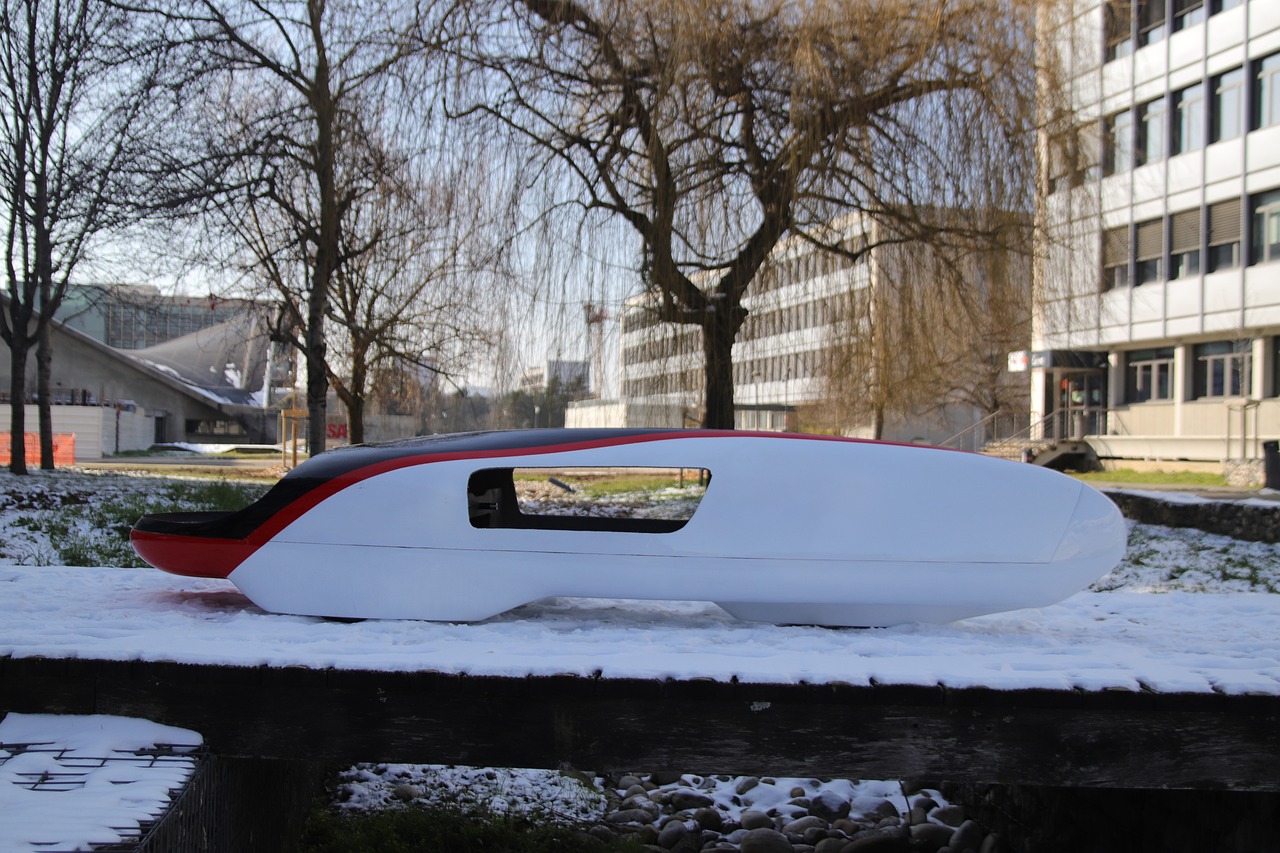#AI@Work: Time to Reinvent? Apple? IBM?
Both IBM and Apple struggled in the 1990s but were able to survive and even thrive. Although they were technology leaders that fell from glory, both were able to reinvent themselves. iPods, smartphones and mobile saved Apple. The Cloud saved IBM. It is worth studying their business decisions, their ability to react to technical changes, customer reactions, company size, culture and agility. Apple, the darling of big technology companies, took the world by storm in 1977 with the Apple II. It was the first successful personal computer. The Mac was the next big technological advance. It defined a GUI (Graphical User Interface) and all personal computers since the Macs have used it. The Apple MAC redefined how personal computers work. But by the mid 1990s the culture at Apple had changed. Deadlines, new release dates and deliverables had morphed into a research mentality, and they were not motivated by profits. Apple was falling on hard times. Apple came to market with a few products that didn’t make it, the Apple III, Lisa, Mac 128k, the Mac OS and AOCE. They were up against Windows. Microsoft dominated the business PC market.
One of the most familiar and famous failures at Apple was the Apple Open Collaborative Environment (AOCE). It was a project that went out of control. The software application was a memory monster and a diskspace and bandwidth hog. Apple failed to execute on upgrading the processing quality of its Operating System and then Windows arrived. Apple management did a lot of stupid things, including charging more for products that seemed to provide less than the competition. Apple pulled out of this near demise with the iPod, a move away from the PC market. Microsoft had 90% of the PC market. The rest is history.
IBM had its share of trouble before its rebirth in 1993. Louis Gerstner took over top management from John Akers and then engineered a turnaround still respected today. IBM led the computer industry for decades but suffered financial losses from their peak $68.9 billion in 1990 to $5.9 billion in 1993. It was like the fall of the Roman Empire. Incompetent leaders, massive amounts of wasted resources, and rivals springing up all around them. IBM had stayed focused on mainframes and divided up into “Baby Blues.” The mainframe market was shrinking and drying up quickly. Instead of focusing on innovation, IBM focused on more production. The market was changing from higher priced low-volume computers to lower priced high-volume offerings. IBM bet the ranch on mainframes and mainframes were being replaced. IBM management kept trying to do the same old thing, dominate and control. When IBM finally came to market with a PC, it signed very controversial contracts with both Microsoft and Intel. These contracts did not prohibit either of these companies from selling to IBM competitors. IBM had become a mismanaged bureaucracy. It took Louis Gerstner to return to the founder’s mentality of Watson, Sr., which was “IBM is in one business of meeting customer need for information processing” .
#AI@Work, #WFH, #Virtual Touchpoints, #ThePajamaEffect, #The Visual Connection, #BobbeGB, #BobbeBaggio, #Touchpoints, #Remote Workplace, #WorkFromHome, #PJEffect, #LinkedInNewsLive




